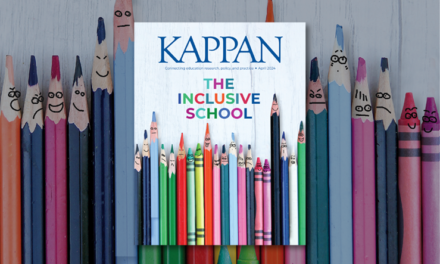To make sense of contemporary debates about the curriculum, it’s useful to look all the way back to a pair of influential National Education Association-sponsored reports from just before and after the turn of the 20th century.
In its 1893 report, the Committee of Ten (an elite group, led by the president of Harvard University) recommended that high school students complete a college-prep course of study that included Greek and Latin, science and math, English, and modern languages. And in 1918, the Commission on the Reorganization of Secondary Education, in its Cardinal Principles report, proposed a starkly different curriculum that it saw as more appropriate for the industrial age, emphasizing vocational preparation and life skills training for all but the most academically inclined of students.
According to the eminent historian Herbert Kliebard (2002), the authors of the second report viewed the Committee of Ten’s proposed curriculum as elitist and outdated, suitable for a society where only the most privileged students completed high school and went on to college. But in trying to create a modern, efficient course of study for the masses, the Cardinal Principles paved the way for a curriculum that was even less democratic.
As Kliebard explained, the 1918 report justified a sprawling and sharply divided curriculum, “providing high-status knowledge for some and low-status knowledge for the rest” (p. 48). The rich got poetry and physics; the poor got shop class and lessons in personal hygiene.
Kliebard’s point was neither to champion the Committee of Ten nor to demonize the Cardinal Principles, but to argue that if school reformers retraced these earlier steps, they might be able to take “corrective action.” The reality is that American education has no golden age to go back to. Nor can it start over from scratch. But maybe reformers can make an important course correction, recovering the idea that a rigorous academic curriculum should be the default for all students (even in an era of mass enrollments). Doing so, Kliebard concluded, “will help put future generations in command of those intellectual tools that will permit them to gain some measure of control over their lives and fortunes” (p. 49).
Kliebard, writing at the dawn of the No Child Left Behind era, helped chart out the general direction school reform was heading: toward higher academic standards and “college and career readiness” for all students. More important, though, he reminded us that in our current debates about the curriculum, we continue to navigate the same tricky questions that confronted us decades ago: How many subjects should our schools teach? Does an “academic” course of study exclude the teaching of skills? How does college preparation relate to career preparation? Is it realistic to provide an elite education to the masses? Who should get to decide the curriculum? Should colleges dictate what is to be learned in high school? Should the high school curriculum dictate the nature of the middle grades? And at what grade levels should we set the transition points from one part of the curriculum to the next?
Reference
Kliebard, H.M. (2002). Changing course: American curriculum reform in the 20th century. New York, NY: Teachers College Press.
Citation: Heller, R. (2019). The editor’s note: Course corrections. Phi Delta Kappan, 100 (6), 4.
ABOUT THE AUTHOR

Rafael Heller
Rafael Heller is the former editor-in-chief of Kappan magazine.










